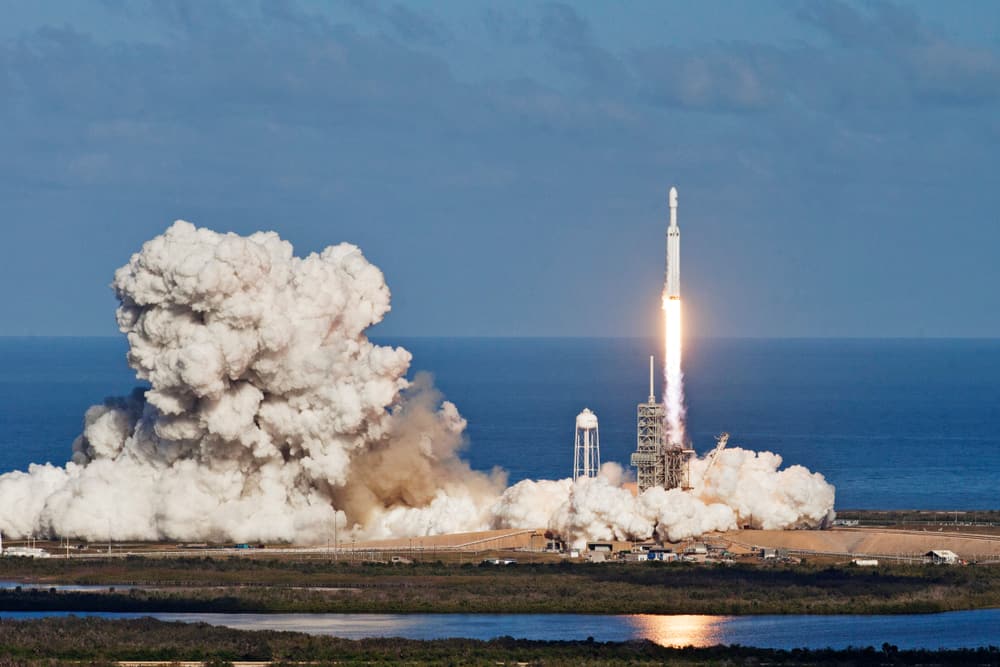
Without a doubt, one of humanity’s most outstanding achievements occurred in July 1969 when Neil Armstrong took “one small step for man, one giant leap for mankind.” The moon landing by Apollo 11 was the culmination of nearly a decade of overachievement by NASA encouraged by the space race that was essentially a competition between the United States and the Soviet Union to push the envelope of space exploration and utilization.
As launching rockets and other craft, such as satellites, into space became almost routine, the notion of commercializing space began to take hold. The result was a new space race that continues to this day. This space race includes dozens of entities, including governmental agencies, public and private organizations, and includes a thrust towards shortening the launch cycle and reducing launch costs. Meeting these objectives has led to changes throughout the aerospace industry, such as using COTS parts, new materials, and automated welding for space vehicle manufacturing.
Space Vehicle Manufacturing
Traveling to and through space is fraught with challenges. These include temperature swings from exceedingly cold to extremely hot, bombarding radiation–some of which can penetrate the ship’s hull–and potential collision with space debris, such as meteorites. Additionally, vibration and stress forces must be endured, which can reach up to 4Gs. Not surprisingly, since the dawn of space travel, welding has been a critical aspect of manufacturing vehicles to withstand these strains.
The level of quality needed to ensure the safety of the astronauts and structural integrity of the spacecraft were catalysts for new welding methods and equipment. For example, the limitation of welding machines not designed to join plates of different thicknesses had to be overcome. Additionally, clean rooms had to be built since welding contamination was not acceptable because it could lead to strength degradation. The welding process of choice for space vehicle manufacturing was, and continues to be, GTAW, both cold and hot wire.
How Automated Welding Helps Reduce Launch Costs
TIG welding is used for space manufacturing primarily due to the smooth, consistent welds produced. However, performing manual TIG welding is complex and requires years of experience. This, coupled with the necessary person-hours to repair bad welds and additional material costs for replacing unusable assembly parts, necessitate automated welding.
One critical area where automated TIG welding can significantly improve manufacturing speed and lower launch costs are the fuel lines and other piping and/or tubing systems required on spacecraft. The advantages of applying automated orbital TIG welding for these systems are as follows:
Advantages of Orbital TIG Welding for Space Vehicle Welding
🚀 Consistency
The use of orbital welding equipment removes the reliance on welder expertise and tremendously improves the precision of weld bead creation, which is critical for weld strength.
🚀 Quality
For space manufacturing, welding quality can be thought of as creating an excellent precise weld and doing so repeatedly. This is key to streamlining manufacturing and minimizing overall launch costs.
🚀 Speed
The use of orbital equipment also improves the overall speed of the project. For For example, multiple welding operations can be performed simultaneously with the same degree of accuracy.
🚀 Safety
Stainless steel, which is among the materials, including titanium, aluminum and ceramics, typically used for space vehicle manufacturing, can be dangerous for welders. Toxic fumes and UV radiation can have immediate health consequences and create long-term complications. However, orbital welding eliminates these risks by removing the welder to a safe distance away from the weld pool.
As shown above, automated orbital welding can have several positive effects on space manufacturing. Collectively, this can significantly reduce the time required to build space vehicles and the launch costs for deployment.
Arc Machines, Inc., since its founding by former NASA engineers in 1976, has been an industry leader in producing high-quality and high-tech welding equipment. This includes weld heads and orbital welding machines that automate high-quality weld joint creation to increase the efficiency of space vehicle manufacturing and reduce launch costs. For inquiries regarding products, contact sales@arcmachines.com. For service inquiries, contact service@arcmachines.com. Arc Machines welcomes the opportunity to discuss your specific needs. Contact us to arrange a meeting.




